IIHS Beefs Up Automatic-Emergency Braking Test

The Insurance Institue for Highway Safety (IIHS) has beefed up its automatic-emergency braking test because it’s now gotten too easy.
According to the IIHS, that’s because automakers have now met the standards it set when it began the test in 2013.
A lot more vehicles come equipped with automatic-emergency braking now than nine years ago. So the original test, which used speeds of 12 mph and 25 mph, is a bit out of date in the eyes of the IIHS.
“Thankfully, in the real world, AEB systems are preventing crashes at higher speeds than the maximum 25 mph our test program uses,” says IIHS Senior Research Scientist David Kidd, the author of a new paper. “The problem is that our current evaluation doesn’t tell us how well specific systems perform at those speeds.”
The Institute says that around 85 percent of model-year 2022 vehicles have earned a “Superior” rating.
For 2023, the test will use speeds of 35 and 45 mph and be expanded to see how well each system can detect motorcycles and large trucks. This is because rear-end collisions are most common at speeds between 35-45 mph and fatalities are a common occurrence when collisions involve large trucks or motorcycles.
A vehicle needs to score an “Advanced” or “Superior” rating to earn a Top Safety Pick+ nod.
[Image: IIHS]

Tim Healey grew up around the auto-parts business and has always had a love for cars — his parents joke his first word was “‘Vette”. Despite this, he wanted to pursue a career in sports writing but he ended up falling semi-accidentally into the automotive-journalism industry, first at Consumer Guide Automotive and later at Web2Carz.com. He also worked as an industry analyst at Mintel Group and freelanced for About.com, CarFax, Vehix.com, High Gear Media, Torque News, FutureCar.com, Cars.com, among others, and of course Vertical Scope sites such as AutoGuide.com, Off-Road.com, and HybridCars.com. He’s an urbanite and as such, doesn’t need a daily driver, but if he had one, it would be compact, sporty, and have a manual transmission.
More by Tim Healey


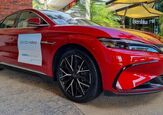
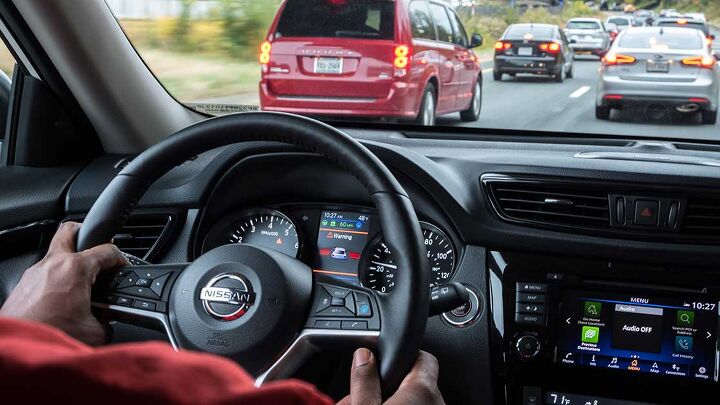













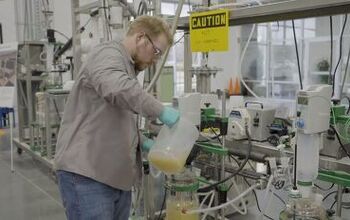
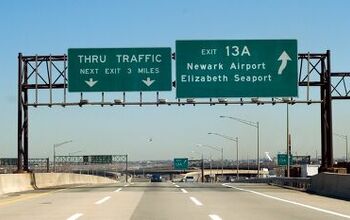




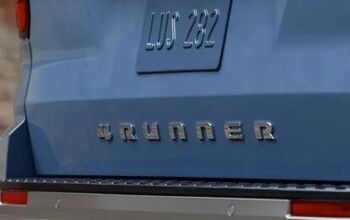

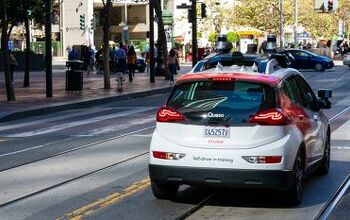


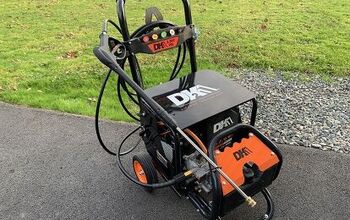


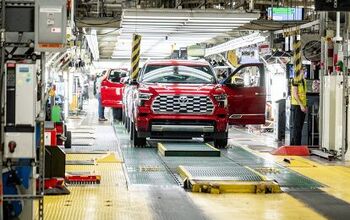
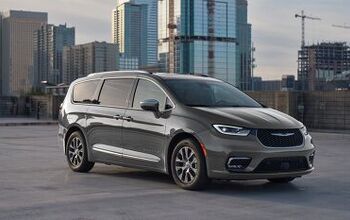
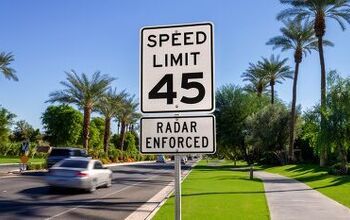
Comments
Join the conversation
"The Insurance Institue for Highway Safety (IIHS) has beefed up its automatic-emergency braking test because it’s now gotten too easy." This is a logic failure. The only reason to make the test harder is if it's not preventing injuries or accidents - the goal of the test in the first place.
The vehicle should start braking, go into limp mode, flashers ON and infotainment OFF as soon as it detects the driver’s eyes aren’t where they should be. Or head up their own A$$. Now I’m not singling out Tesla drivers, “self”, ghost, pretend “autonomous” driving nor skinny jeans.
IIHS working every day to reduce insurance payouts and raising the price of your cars.
“lower speed limits, lower performance, support camera enforcement” Makes driving and riding in cars safer.